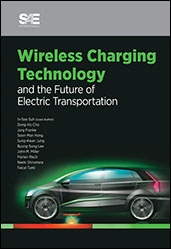Technical Paper
“Impact of Design Principles on End-of-Life and Recycling”
2024-01-16
2024-26-0163
Automotive industry is a major contributor to global carbon dioxide (CO2) emissions and waste generation. Not only do vehicles produce emissions during usage, but they also generate emissions during production phase and end of life disposal. There is an urgent need to address sustainability and circularity issues in this sector. This paper explores how circularity and CO2 reduction principles can be applied to design and production of automotive parts, with the aim of reducing the environmental impact of these components throughout their life cycle. Also, this paper highlights the impact of design principles on End-of-Life Management of vehicles. As Design decisions of Component impacts up to 80% of emissions [1], it is important to focus on this phase for major contribution in reduction of emissions.


